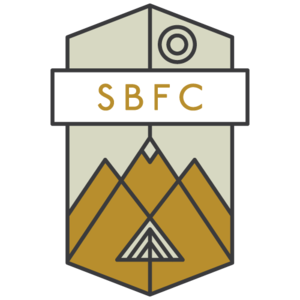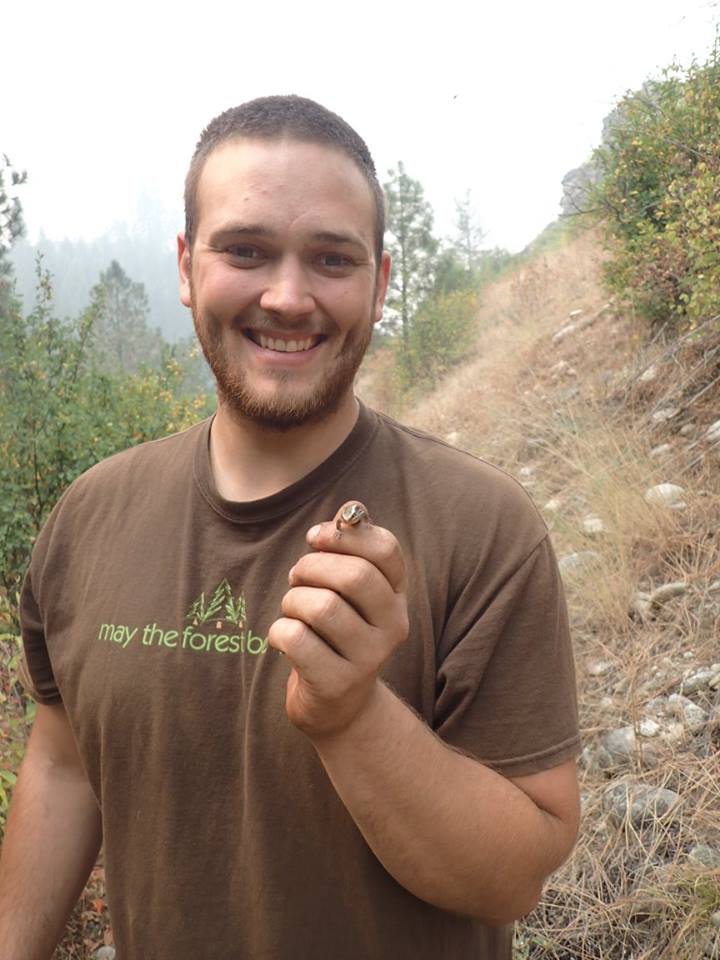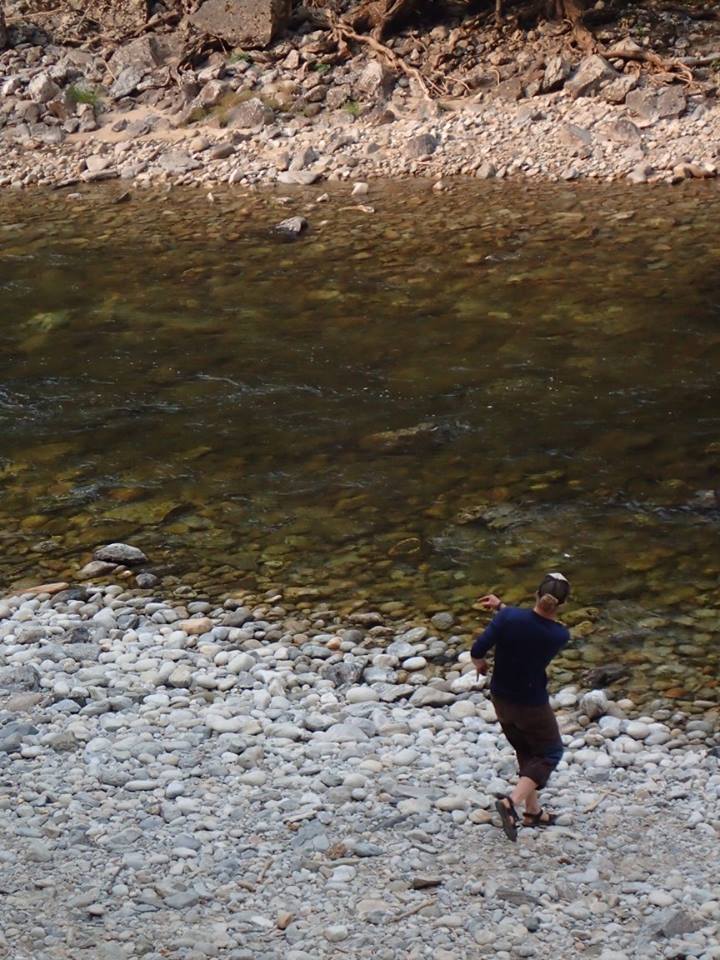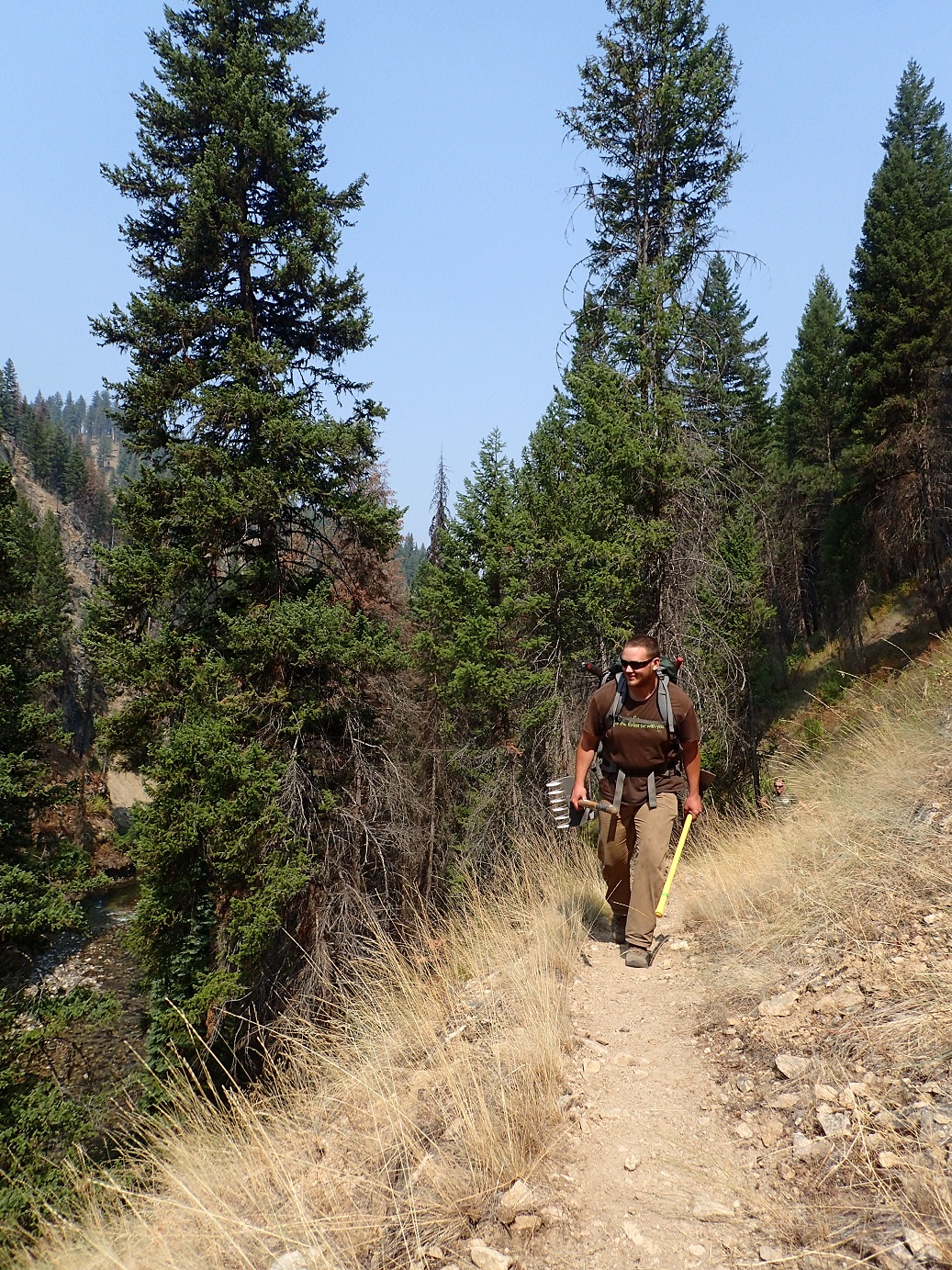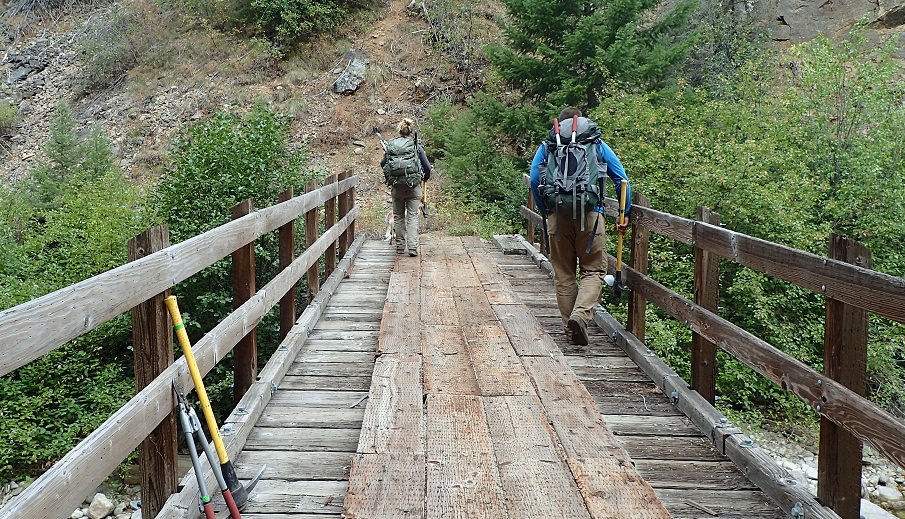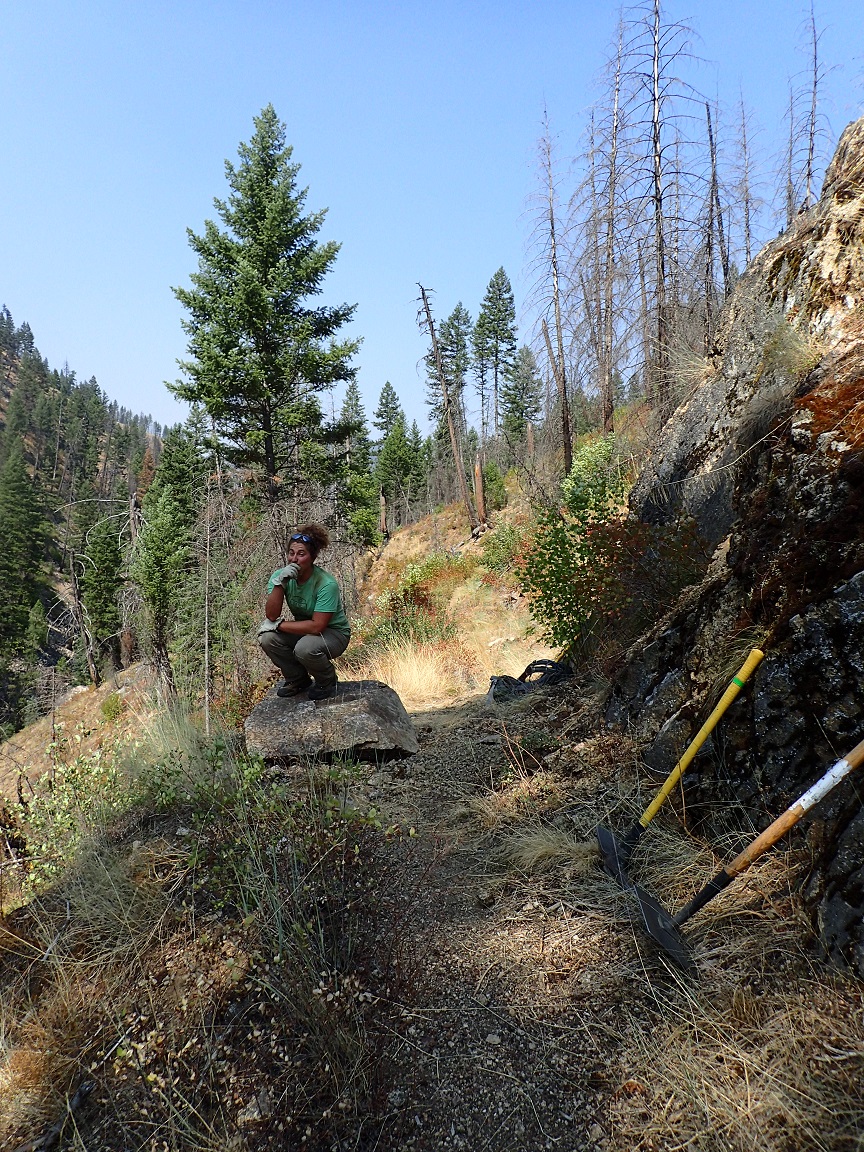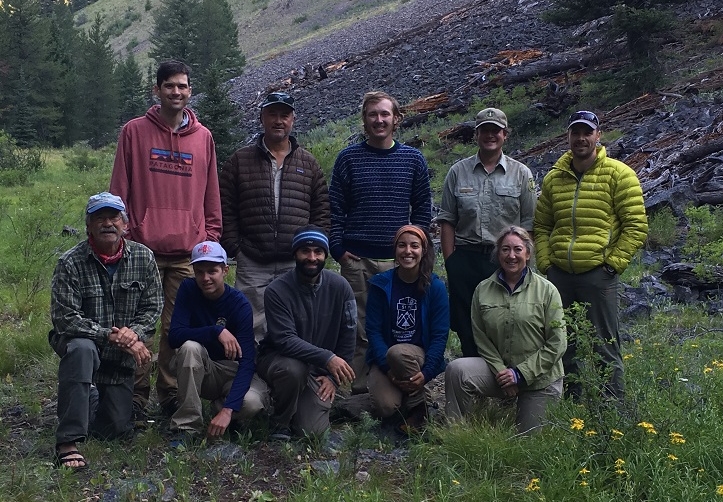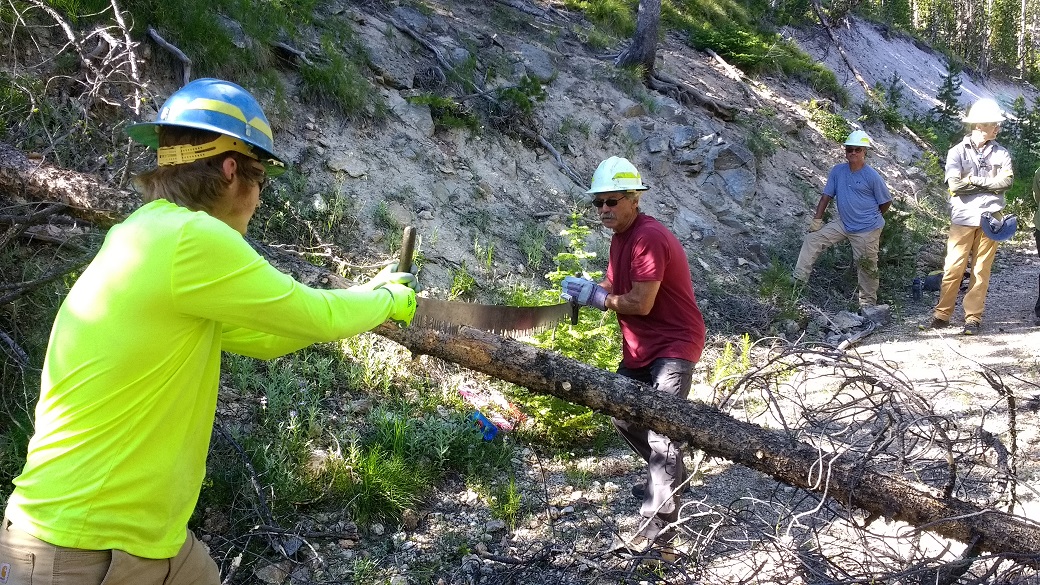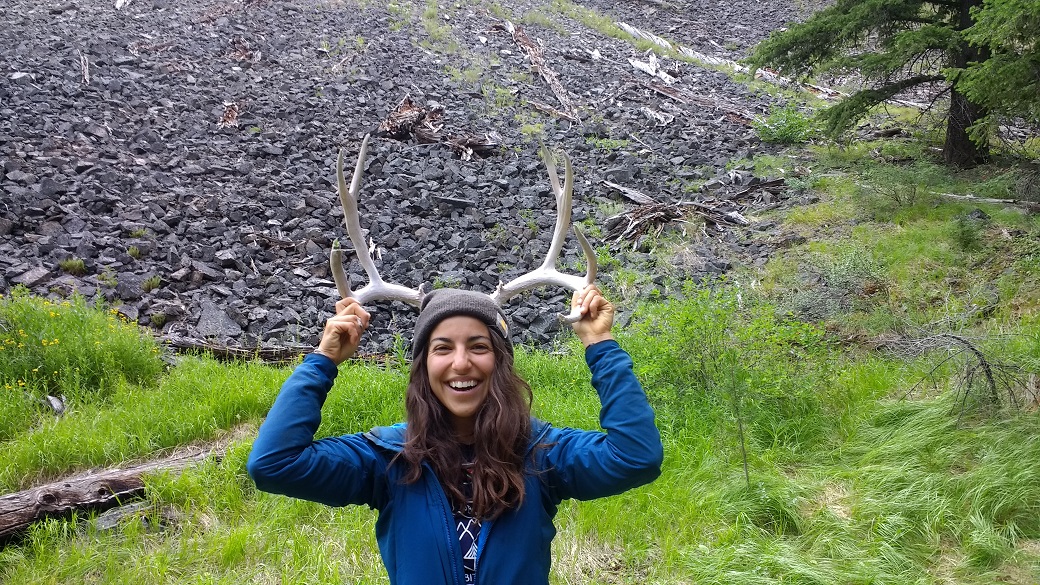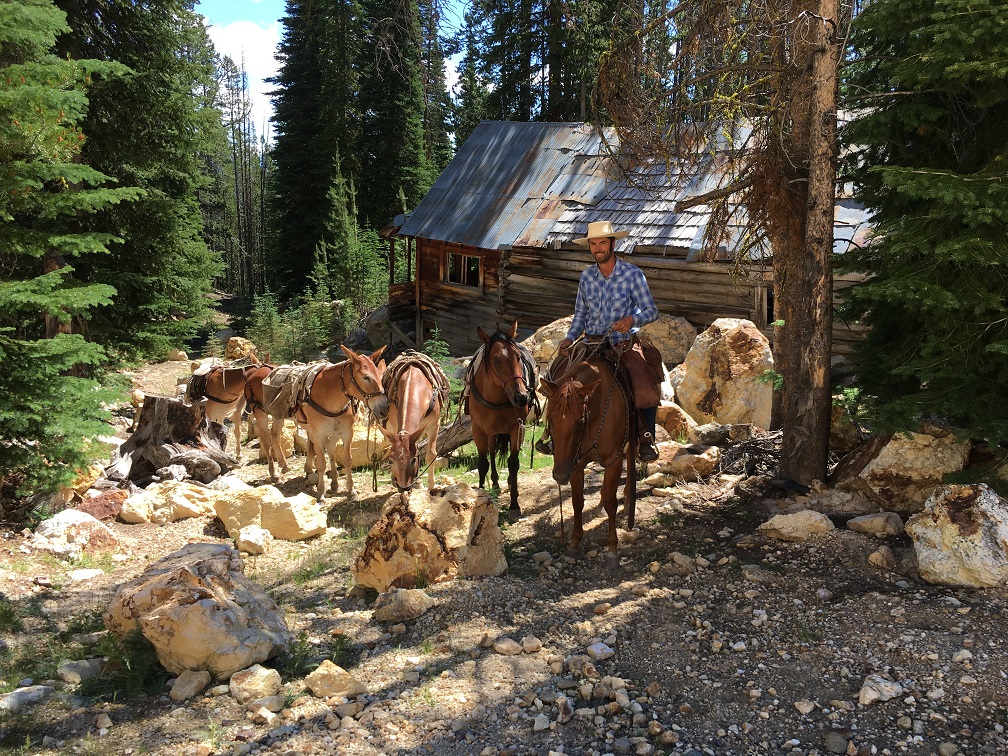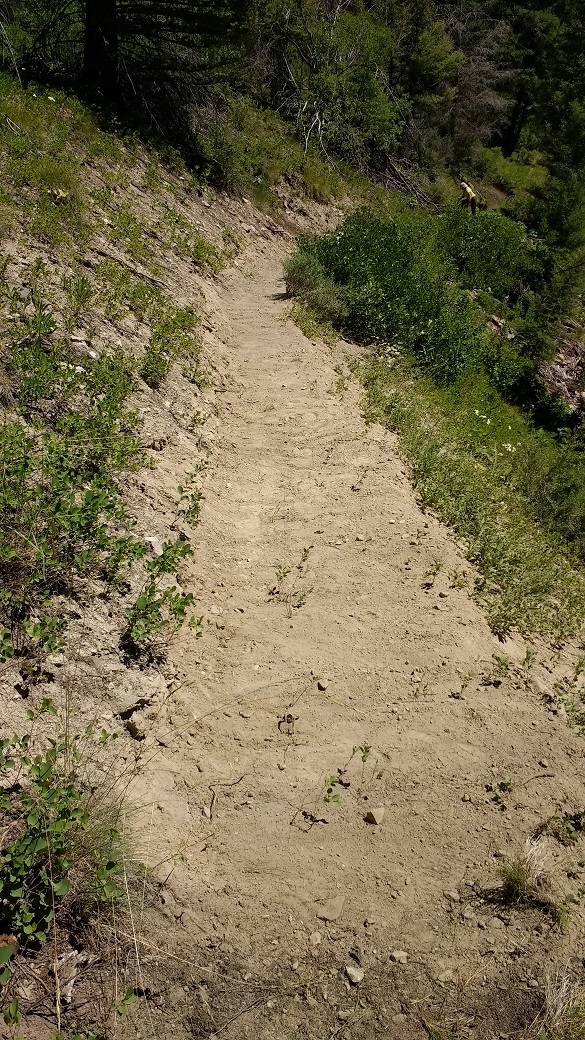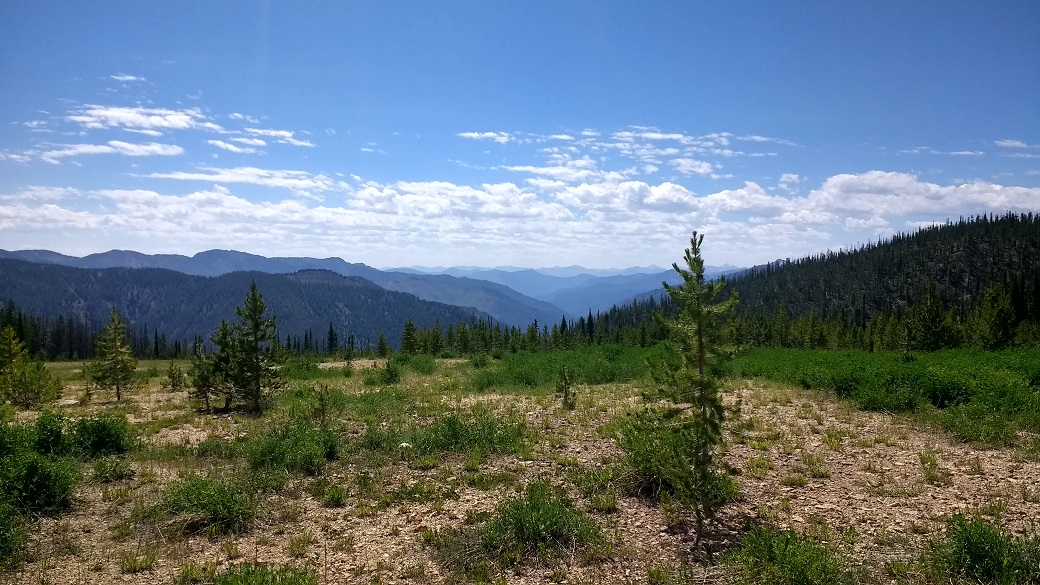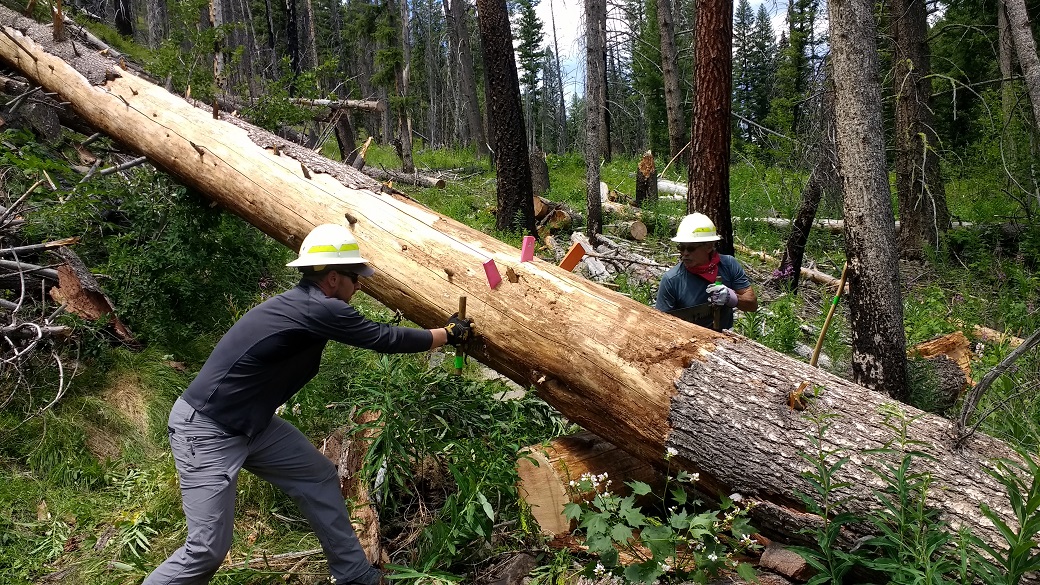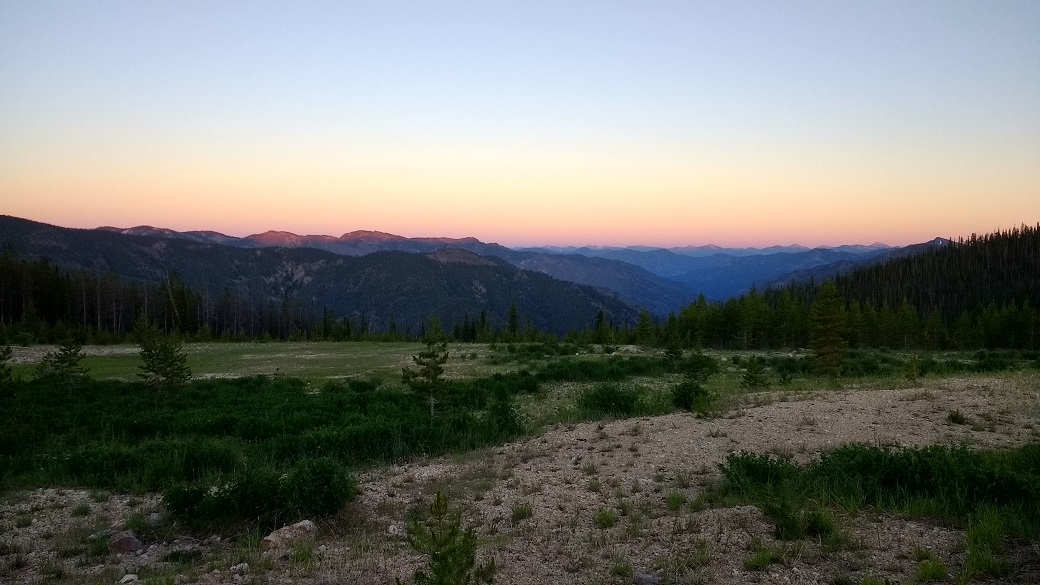Joey Hudek - Nez Perce-Clearwater Moose Creek Trails Liaison
Dutch Ridge Trail #2150
It was going to be an amazing hitch! There had been talk of it all season and the time had finally come. I, along with the FS trail crew and an MCC crew, were going to reestablish part of Rhoda Creek trail #620 that had been lost. This was the last section of the Idaho Centennial Trail that needed to be opened. We were in charge of driving the golden spike in one of the most remote areas in the Selway-Bitterroot Wilderness. I was excited to get deep into the wilderness.
That excitement was short lived as I found out plans had changed because of wildfire. The MCC crew was evacuated and we were all in need of somewhere to go. And there was somewhere else to go, but it was not the amazing wilderness experience I was hoping for. It was actually a trail that I was hoping to not go back to. Dutch Ridge trail #2150. A steep, non-Wilderness trail that accesses Gold Hill trail #247 in the Wilderness. It badly needed to be opened and brushed. So off we went with power tools in hand to work up Dutch Ridge. The trail starts by fording the Lochsa River, which isn’t too bad at this time of the year. With boots and pants off, multiple trips were made to shuttle all of our gear and tools across. Then we spent the next 2 days slowly humping our gear about 5 miles up the very steep trail to an old outfitter camp. Over the rest of the hitch, we completely opened the trail and brushed at least 3 miles of it to spec. Surprisingly, this was done with smiles on all of our faces. I think we all took pride in bringing this trail back to life. I know I did. Dutch ridge hadn’t been opened since 2012, and who knows when it was last brushed.
This hitch was not at all what I was hoping for, but I still really enjoyed it. Getting to work alongside MCC is always great. It takes me back to my trail work roots. Even though, we weren’t working in the Wilderness we were still supporting the Selway-Bitterroot. The Dutch Ridge trail #2150 is just another access point to this amazing place. And I know someone is excited about our work. After we hiked down the steep ridge and forded the Lochsa for the last time we found a thank you note from an outfitter on our rig.
Hitch report:
# of crew members (SBFC, MCC, and FS): 10
Miles of trail opened: 7.6
Years since opened last: 5
Miles of trail brushed: 3+
# of times fording the Lochsa: 3
# of bee/hornet stings: 2
# of happy outfitters: 1
